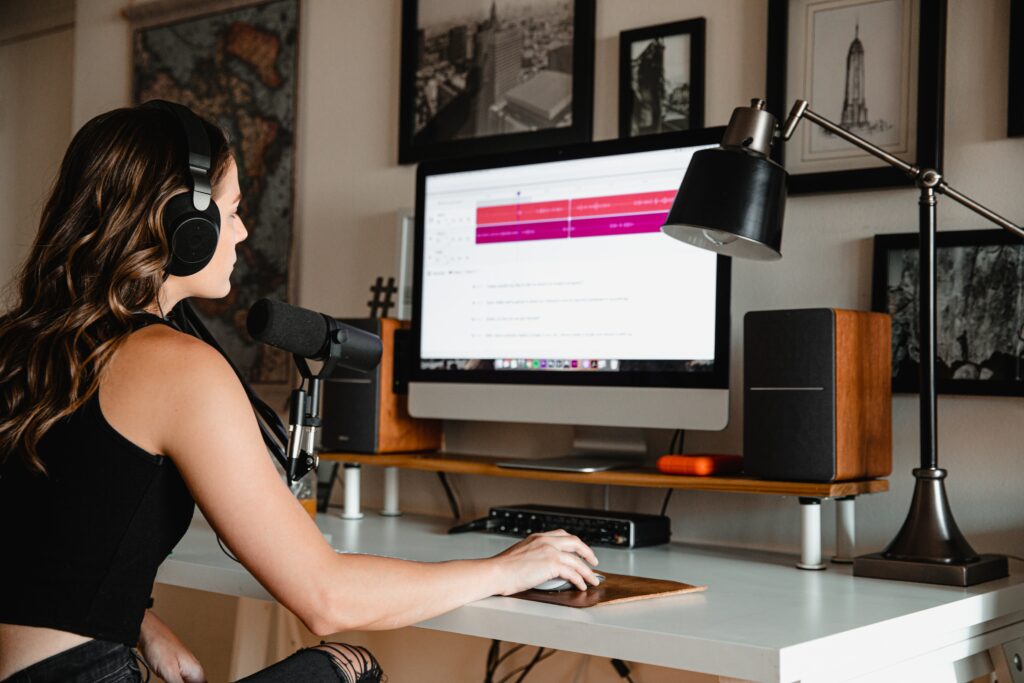
This week’s topic and activity involves screencasting – the process of recording a video to demonstrate a certain function or process. Screencasting videos are great multi-media resources for viewers to see and hear certain hands-on or practical activities, though it’s use can range from educational to recreational. Multi-media can vary, but is commonly defined by having a multiple of audio, text, and/or visual elements to communicate to viewers ideas and concepts (Green, 2014). Screencasts can be helpful in lieu of face-to-face learning, or alternatively a primary form of education for topics that are exclusively interacted with online, such as with video games or online programs. My university experience has primarily involved viewing PowerPoint presentations or whiteboards that accompany other lecture content presented by a professor. Having audio, visual, and text media helps me engage with course content in multiple ways, be it in-person or solely online. Outside of my post-secondary educational experience, other screencasts I view are often on YouTube. These range from ‘real-life’ demonstrations, such as how to change printer parts, to demonstrations of online programs, such as how to create a pivot table in Excel.
This week I created a simple screencast to show how to create an encrypted e-mail account on ProtonMail. Having multiple e-mail accounts that you know are secure is helpful, especially if you want to sign-up or use your different e-mail accounts for different purposes. I personally have separate accounts for school, personal use, and ‘junk’ mail.
References:
Green, T. (2014) Talking Multimedia Learning with Dr. Richard Mayer. https://www.youtube.com/watch?v=Q5eY9k3v4mE&t=149s
2021-06-09 at 11:42 am
Thanks for your post and tips about Protonmail too. It seems like a great service for sure. Screencast well done too.